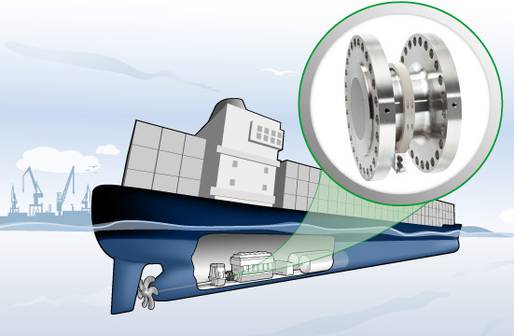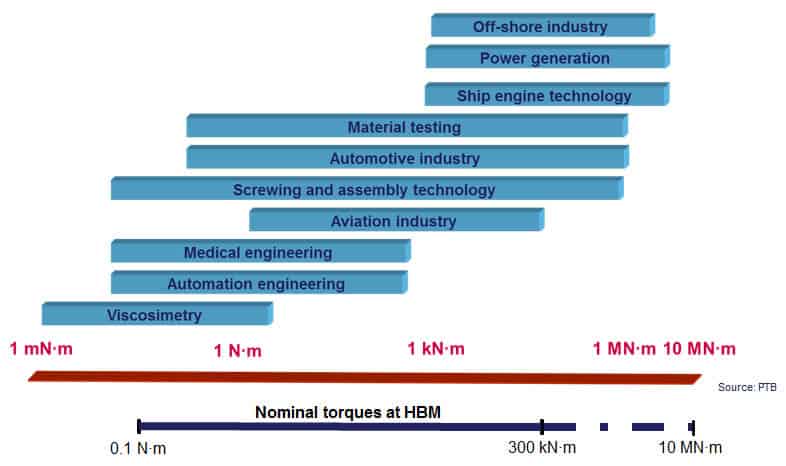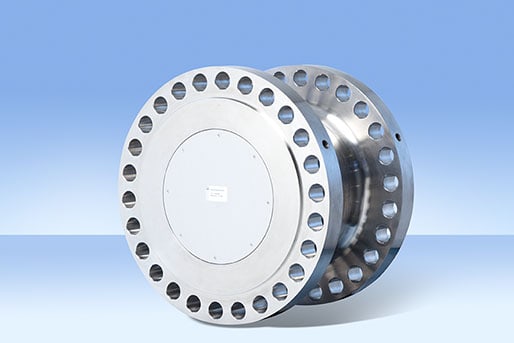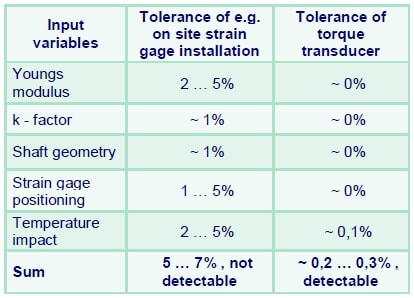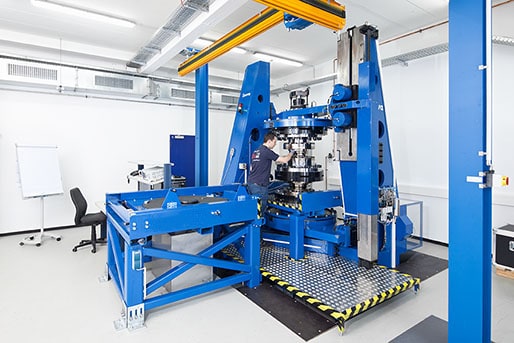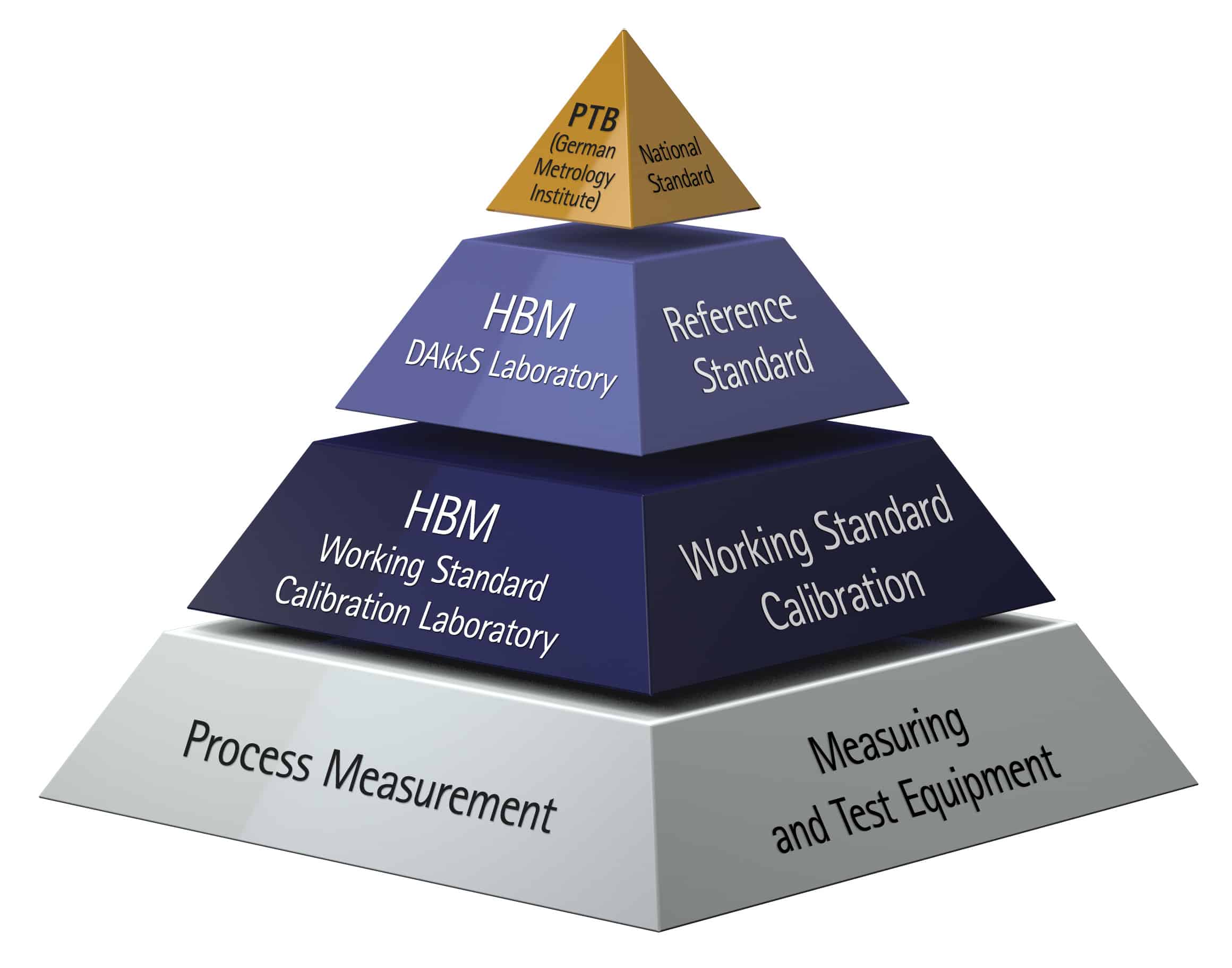Considering the wide range of possibilities for torque measurement, the method including a torque transducer calibrated at the manufacturing site with a given accuracy which refers to a documented unbroken chain of comparisons relating this torque transducer to the primary standard, ensures its traceability.
Precision measurements are essential to determine the efficiency and therefore meet the strict environmental regulations for marine engines. The optimization of marine engines based on highly accurate and reliable torque measurement, besides enabling significant energy savings, is in line with the steadily increasing requirements of international regulations, especially for marine engines with high nominal torque [1].
The drive power is simply calculated from this accurate measurement of the torque Ϻ between the generator and the drive side in the rotating mechanism and the angular velocity ω, with the formula (1):
P=ω*M (1)
The accurate torque information allows precise control of the mechanical drive system. This enables combustion engines (e.g. multi-fuel or gas engines) to be monitored to ensure operation within their optimal working window, which helps to avoid the occurrence of knocking, misfiring, overloading, and reduces fuel consumption as well [1].
